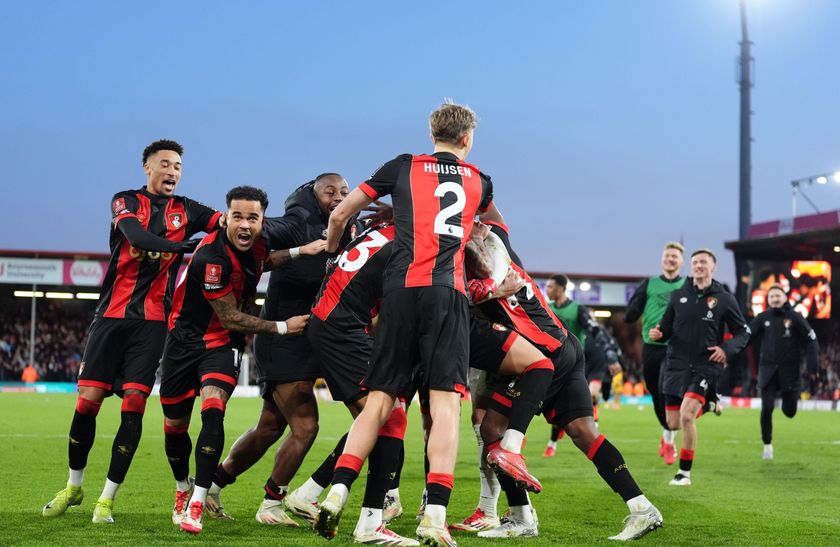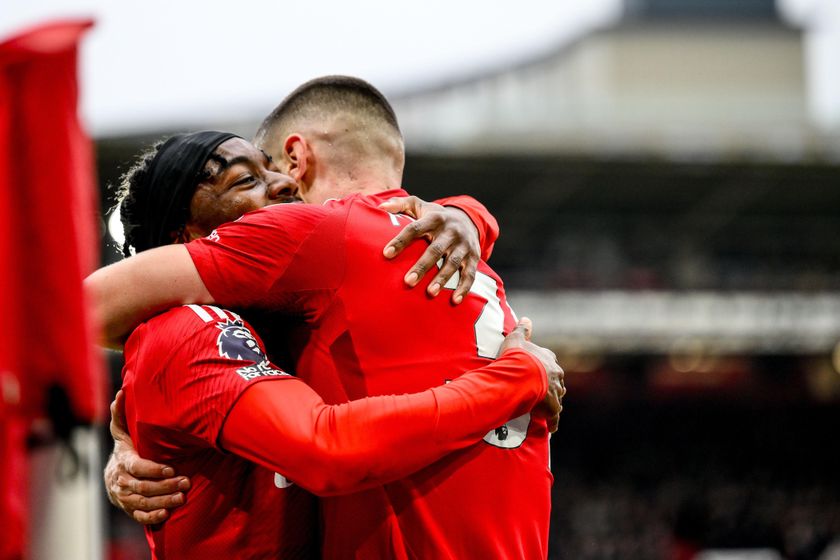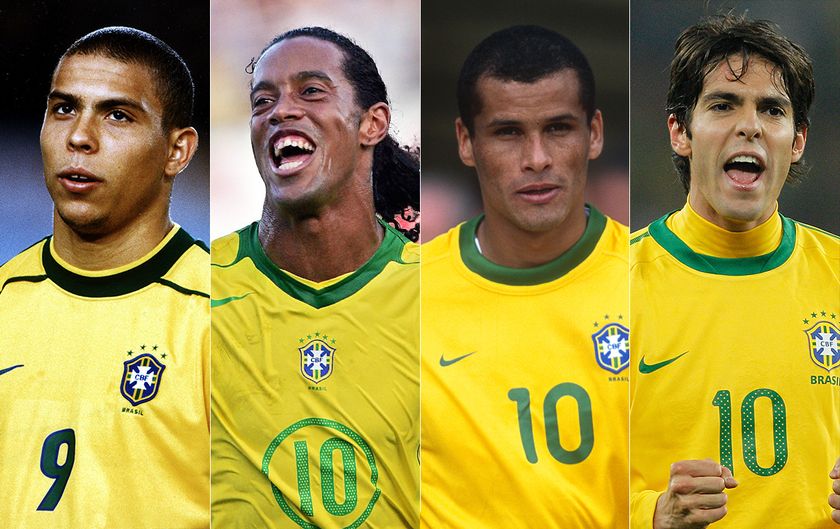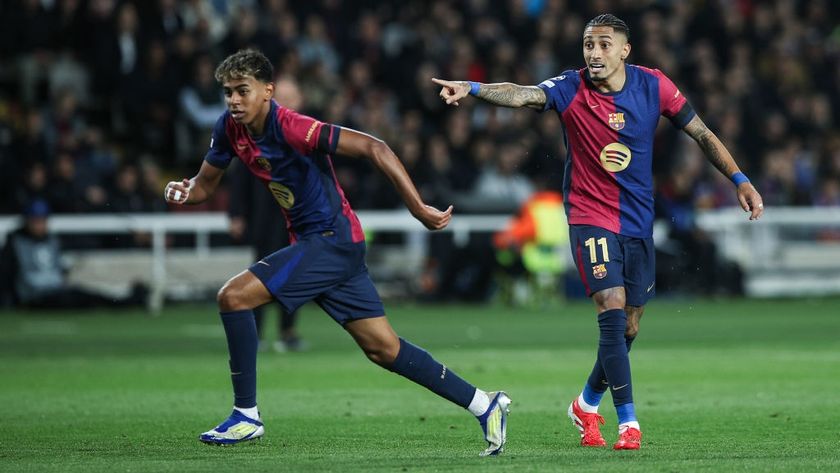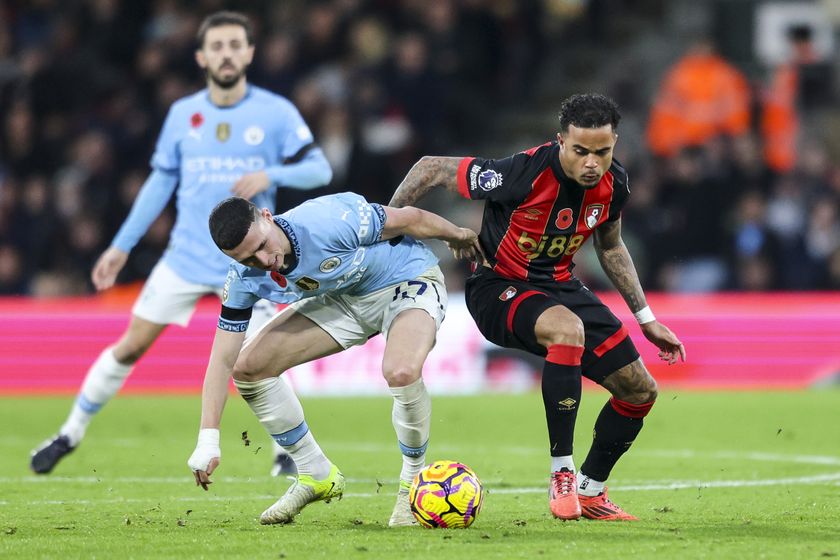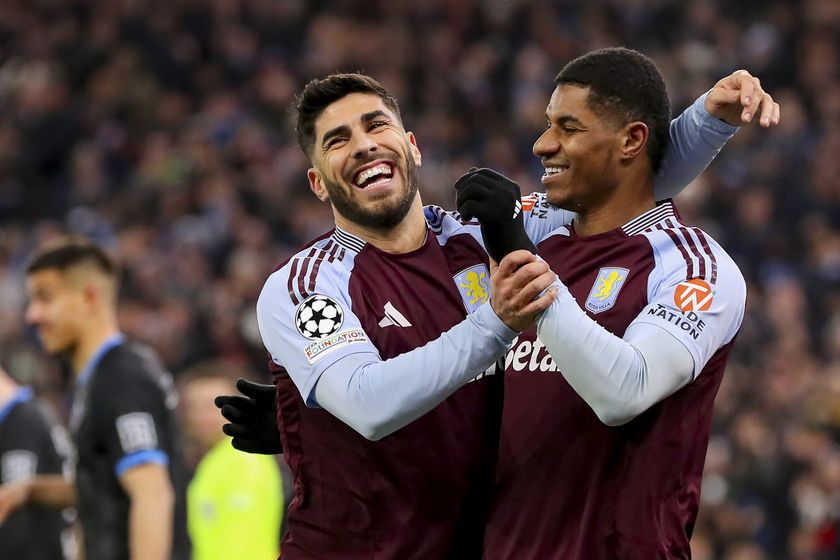F-words & false 9s: Sherwood's mix of classic and modern may be just the tonic for Spurs
Spurs blogger and youth football expert Chris Miller assesses the new man's first four weeks as manager at White Hart Lane, with a glimpse at what the future might bring...
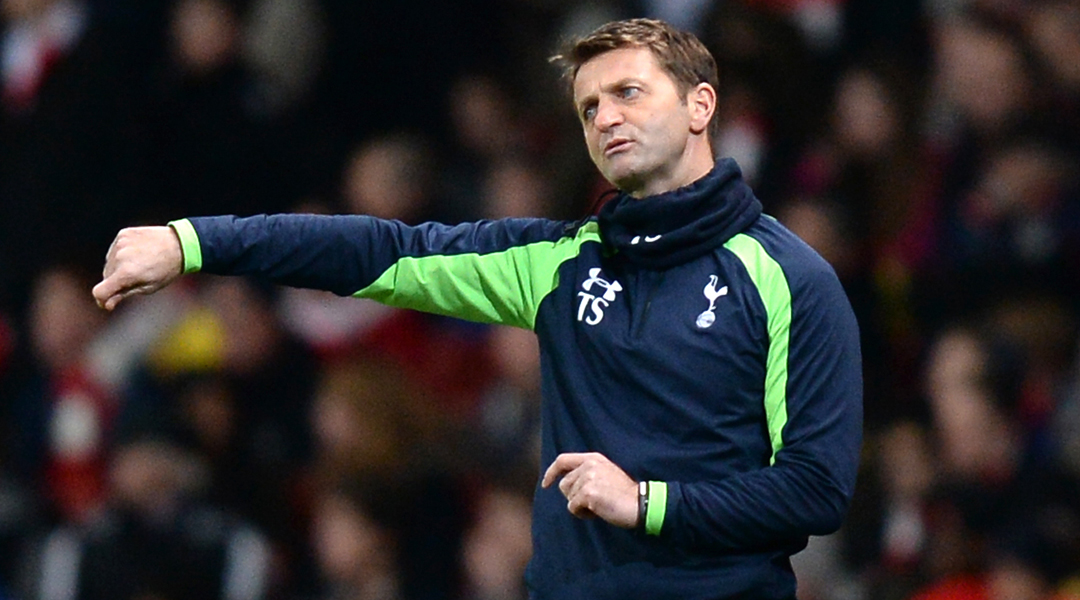
On 16th December, Tottenham Hotspur parted company with their manager, André Villas-Boas. Sherwood was quickly appointed as the new Head Coach on an interim basis and then, a week later, got the job permanently. In the first 20 of Sherwood's 26 days in charge, he faced no fewer than six matches; that is a match every 3.3 days.
When you bear in mind that players involved on any given matchday tend not to participate in full training the days before or after a game, it becomes apparent that Sherwood has had a real challenge in getting his ideas across, and in trying to change Spurs from a team seemingly unable to score to a team that can find the net more frequently.
Villas-Boas was a man who had quite literally studied the game (he was famed for creating extensive dossiers on future opponents during his time as Chelsea's opposition scout) and who had a fixed idea of what he wanted to achieve on the pitch. Squeeze the pitch with a high line, play at least two high-tempo pressing players in midfield to win the ball high, transition quickly from back to front, mostly feeding wide players who are able to cut in and score goals.
What this ended up looking like for much of his tenure was: squeeze the pitch, keep things tight, don’t take too many risks, and score from range. In his first season, those goals came mostly through Gareth Bale who, incidentally, became truly world-class under Villas-Boas.
Although his system was working to an extent - after all, Spurs achieved their highest ever Premier League points total last season - could it have been his inability to get his ideas across to his players that stopped his offensive plans fully coming to fruition?

While a dignified, intelligent, modest and quietly charming man, AVB spoke in football jargon, using unusual language about ‘vertical penetration’ and ‘low blocks’. There were stories about players not understanding some of his terminology - terminology as simple as ‘phases [of play]’.
There was not always an obvious pattern to Tottenham's attacking play; it was not at all clear at times what AVB ideally wanted to achieve in the final third, other than encouraging wide players to get shots away. There were no signs of growing cohesion or a plan slowly being established over time. Could this have been due to a language barrier: ‘coach’ speak vs ‘footballer’ speak?
Get FourFourTwo Newsletter
The best features, fun and footballing quizzes, straight to your inbox every week.
Could this be where Tim Sherwood - a man more comfortable with words beginning with ‘f’ than words beginning with ‘ph’ - comes in? His more direct, jovial approach could be just the tonic to rally the talented troops, and get Spurs playing with that swagger again.
Given Sherwood has to make things happen relatively quickly, he was always likely to focus on keeping it simple. The players need their confidence rebuilt, and their mentality changed to allow them to be more attack-minded. That might require their leader to be more Harry Redknapp than André Villas-Boas in the short term.
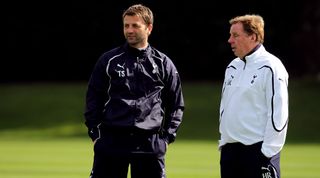
Keeping it simple is what many claim Sherwood has done on the pitch. FourFourTim. The next Harry Redknapp. A glorified PE teacher. Not qualified for the job. While it is true Sherwood has played with two strikers and a back four, it has not always been an old-fashioned 4-4-2 - he has shown relative adaptability depending on the opposition, and the personnel at his disposal.
In his first two matches at the helm, Sherwood took a calculated risk. By setting his team out in a 4-4-2 without a dedicated defensive midfield player (although Mousa Dembélé mostly held in the match away to Southampton), Sherwood ensured Spurs had bodies in the box far more than had been seen in their previous matches this season.
He also re-introduced Emmanuel Adebayor to help pep-up struggling Spaniard Roberto Soldado. It paid dividends, and at St Mary's, Spurs scored more than twice in the league for the first time since April, taking advantage of the hosts' makeshift defence.
He was not so lucky against West Ham; the team did not manage to take their chances when at their strongest, and were only ahead by one by the time West Ham threw on key men. As soon as Adebayor and Rose were forced off through fatigue, West Ham took control of the game. Allardyce could smell blood, and his team - unlike Spurs - managed to get goals when they were on top.

Against West Brom, Sherwood was somewhat hamstrung by the lack of natural width available to him, and started the game with Gylfi Sigurðsson and Nacer Chadli wide - neither of whom hugged the touchline. The team dominated in terms of possession and shots, but did not click. Sherwood did find the winning formula against Stoke, however, where the balance was spot on.
With Lennon wide right, Eriksen drifting from the left, and the more naturally combative Dembélé and Paulinho in the middle of midfield, Spurs had the steel to match the ball retention and dynamism. They once again scored three goals - this time without reply.
Paulinho was injured by a strong challenge from Charlie Adam and so, for the clash against Manchester United, Sherwood was left to decide who to start in the Brazilian's place: a possession player or a ball-winner? He opted for the latter, and drafted in Frenchman Étienne Capoue, who he had previously suggested was unfit.
Capoue didn’t last the full 90 minutes, but played his part in Spurs’ 2-1 away win; he did a lot of dirty work deep in his own half, allowing Dembélé to play higher.

The changes mean that some players are still adapting to the new system. It could certainly be said that centre back Vlad Chiricheș was unsure whether to stay with Ricky Lambert or to drop off in the lead up to the second Southampton goal at St Mary's, due to there being one fewer deep-lying midfield player (see below).
Likewise, the same player had a similar dilemma against Arsenal in the FA Cup. The Romanian captain did not know whether to track Serge Gnabry, who had drifted into the hole, or to drop off and cover Theo Walcott’s run in behind Michael Dawson.
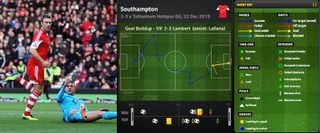
These sorts of moments have led to many Spurs fans questioning Sherwood’s logic of not playing a more naturally dedicated holding midfield player. Sherwood responded to the questioning of his tactics in the post-match press conference on Saturday by essentially admitting that he took the hit centrally in an attempt to get the better of Arsenal out wide:
“They outnumbered us in the middle of the park, we outnumbered them out wide, you can’t have it all ways – I think we were fine, we didn’t lose the game because we were outnumbered in the middle of the pitch”.
When asked about the system, he added: “A lot’s made of systems – 4-4-2, 4-3-3, whatever you want to call it – but it’s about passing the ball to your own team, keeping hold of it. Because whenever you lose the ball in transition, you’re always going to be out of shape – otherwise you’re going to be a rigid, boring team. So it’s about funnelling back in, shuffling across.”
Sherwood even utilised midfielder Dean Parrett as a 'false 9' in an Under-21 win over Arsenal
It is worth noting that, under Sherwood, Tottenham’s Under-21s tended to play a free-flowing 4-3-3 or 4-2-3-1, so there is no indication that he favours 4-4-2 as a system per se. He also generally used a natural holding midfield player for the Under-21s; often either Giancarlo Gallifuoco or Milos Veljkovic (who has twice recently featured on the first team bench). Of course, Sherwood was a holding midfield player himself in a Premier League-winning side, so knows the importance of the role.
Sherwood even utilised midfield player Dean Parrett as a 'false 9' as his side beat Arsenal 4-2 in the Under-21 Premier League last season, which perhaps illustrates that he isn't the ‘old fashioned’ type some will have you believe. Sherwood was described by Swindon Town Chairman Lee Power as “one of the most knowledgeable and forward-thinking men currently in the game.” It is worth mentioning that Power and Sherwood are good friends and have an excellent professional relationship (hence the raft of recent Spurs-to-Swindon loan deals), but it is his choice of words that stand out.
Tim Sherwood’s 4-4-2 might appear simplistic, but given the high number of current injuries, limited time on the training pitch, and a mentality to change, the gung-ho approach may just have been the ticket. And, who knows, with 4-4-2 seemingly back en vogue, perhaps before long Sherwood will be spoken of less as a dinosaur, and more of a pathfinder.

